The A-Z of Herbs & Spices: Your Ultimate Flavor Encyclopedia
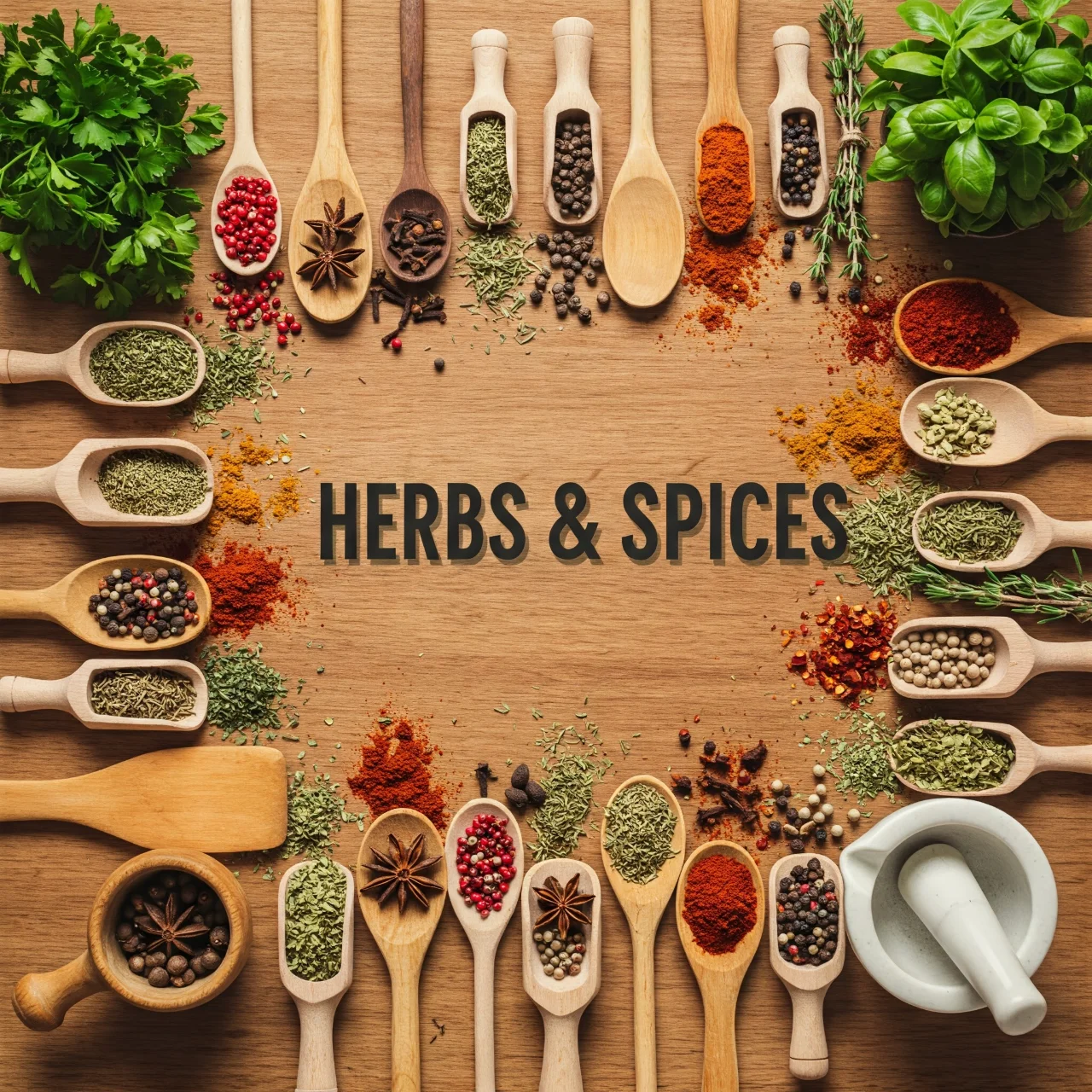
Embark on a Flavorful Journey: The A-Z of Herbs & Spices

Welcome to the aromatic universe of herbs and spices! This comprehensive A-Z guide is your passport to unlocking a world of flavors, from the everyday to the exotic. Whether you're a seasoned chef or a kitchen novice, prepare to be inspired. We'll explore each herb and spice, unveiling its unique character, culinary uses, and fascinating origins. Get ready to transform your dishes and elevate your cooking game as we dive into the essential guide to seasonings that every food lover needs! Let's begin our flavorful adventure!
A is for Anise

Anise, with its distinct licorice-like flavor, is a star in both sweet and savory dishes. Originating from the Mediterranean and Southwest Asia, this spice derives from the anise plant seeds. It's a key ingredient in liqueurs like Sambuca and Pastis, and adds a warm, aromatic depth to baked goods, curries, and stews. Beyond its culinary applications, anise has a history of medicinal use, believed to aid digestion. Explore the unique and versatile flavor of anise and add a touch of sweet spice to your next culinary creation.
B is for Basil
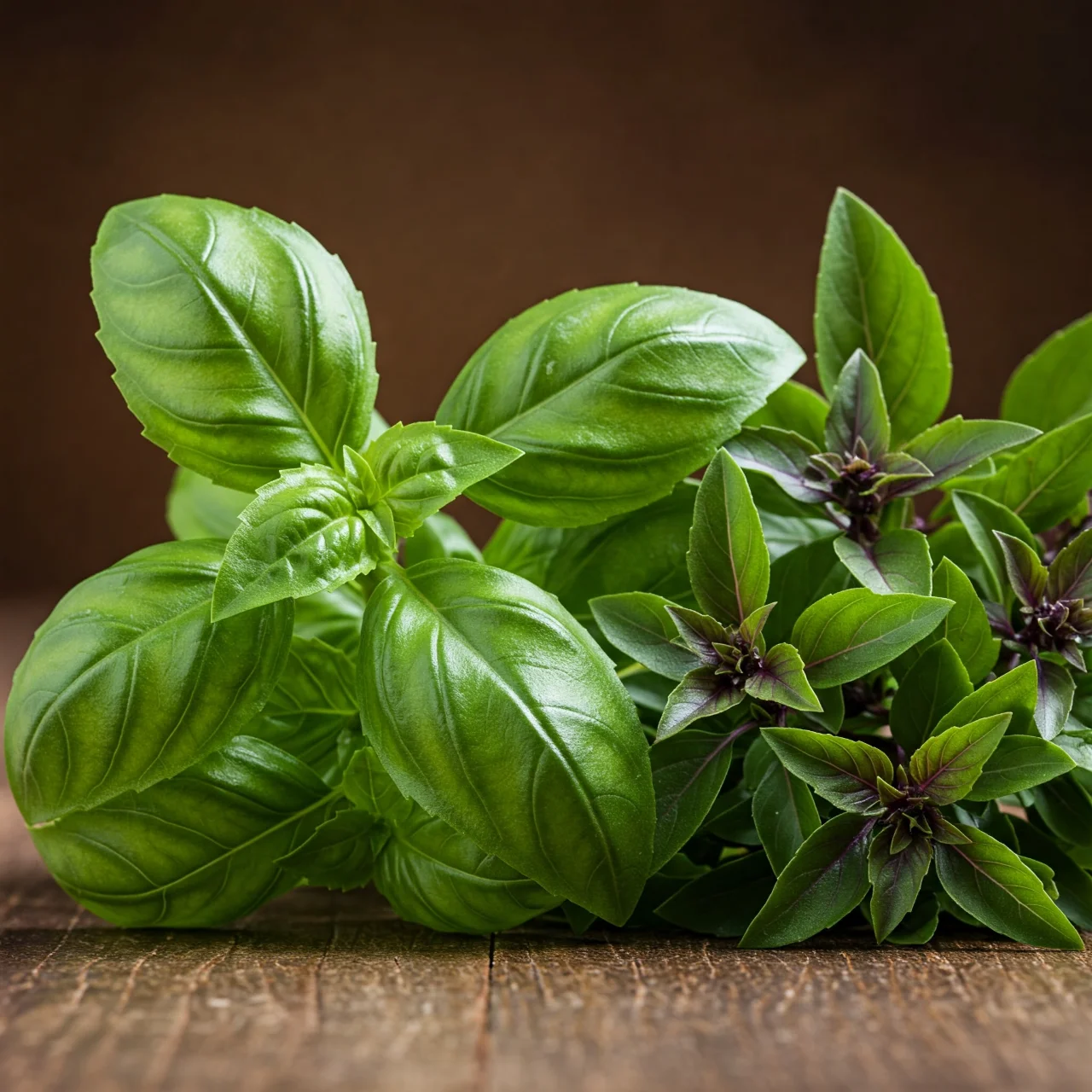
Basil, the 'king of herbs', is celebrated for its sweet, peppery, and slightly minty flavor. A cornerstone of Mediterranean cuisine, particularly Italian, basil elevates dishes from pesto and pasta sauces to pizzas and salads. Different varieties, like Genovese, Thai, and lemon basil, offer a spectrum of aromas. Fresh basil leaves are best added at the end of cooking to retain their delicate flavor. Explore the vibrant world of basil and bring a touch of fresh, herbaceous delight to your meals.
C is for Cinnamon
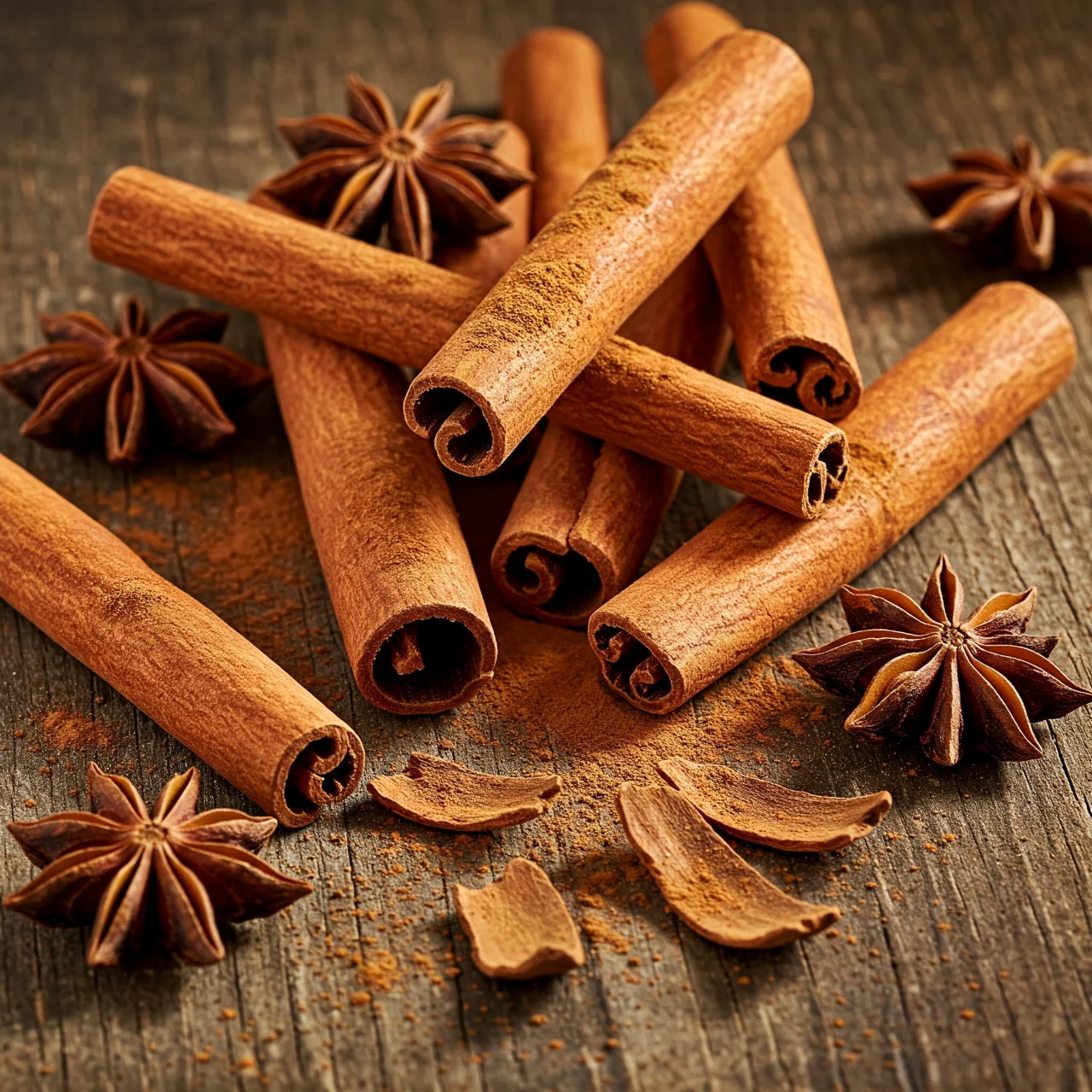
Cinnamon, with its warm, sweet, and woody aroma, is a spice rack staple. Derived from the inner bark of trees from the genus Cinnamomum, it's used globally in both sweet and savory dishes. From classic cinnamon rolls and spiced lattes to Moroccan tagines and Indian curries, cinnamon's versatility is unmatched. Ceylon cinnamon ('true cinnamon') and Cassia are the two main types. Embrace the comforting and aromatic warmth of cinnamon to enhance your culinary creations and festive treats.
D is for Dill
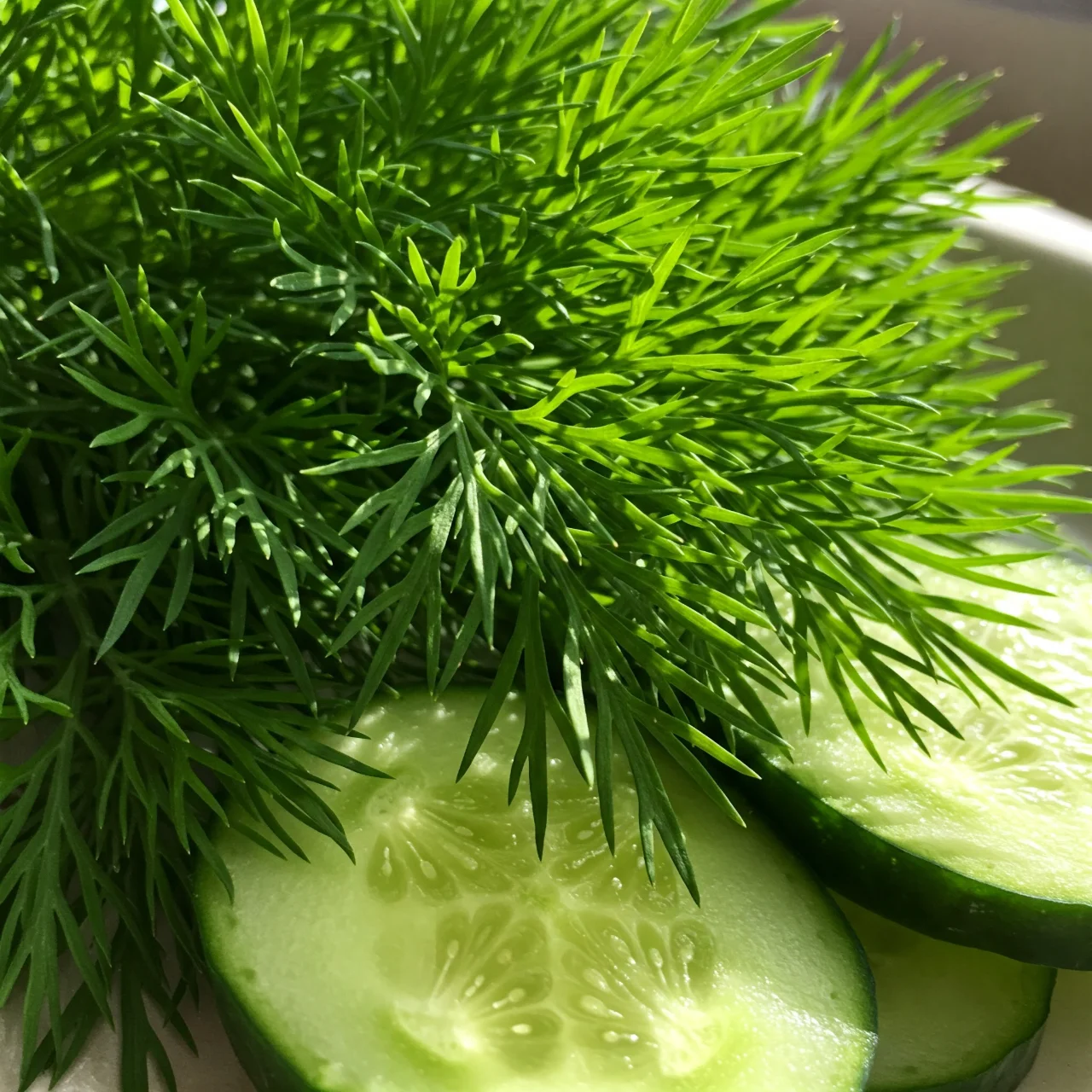
Dill, with its feathery leaves and bright, grassy, and slightly tangy flavor, is a fresh and versatile herb. It's commonly used in Scandinavian, Eastern European, and Mediterranean cuisines. Dill is a perfect partner for seafood, especially salmon and dill pickles, and potato dishes. Its delicate flavor is best when added fresh or towards the end of cooking. Dill seeds offer a stronger, more pungent flavor, ideal for pickling spices. Discover the refreshing zest of dill and add a touch of spring to your dishes.
E is for Epazote

Epazote, an herb with a pungent, slightly licorice-like and citrusy flavor, is a staple in Mexican and Latin American cooking. It’s traditionally used with beans, believed to reduce gas and enhance flavor. Epazote also complements dishes with corn, mushrooms, and seafood. While it can be used fresh or dried, its robust flavor is most pronounced when fresh. Explore the unique and somewhat controversial taste of epazote and add an authentic Mexican touch to your culinary adventures.
F is for Fennel
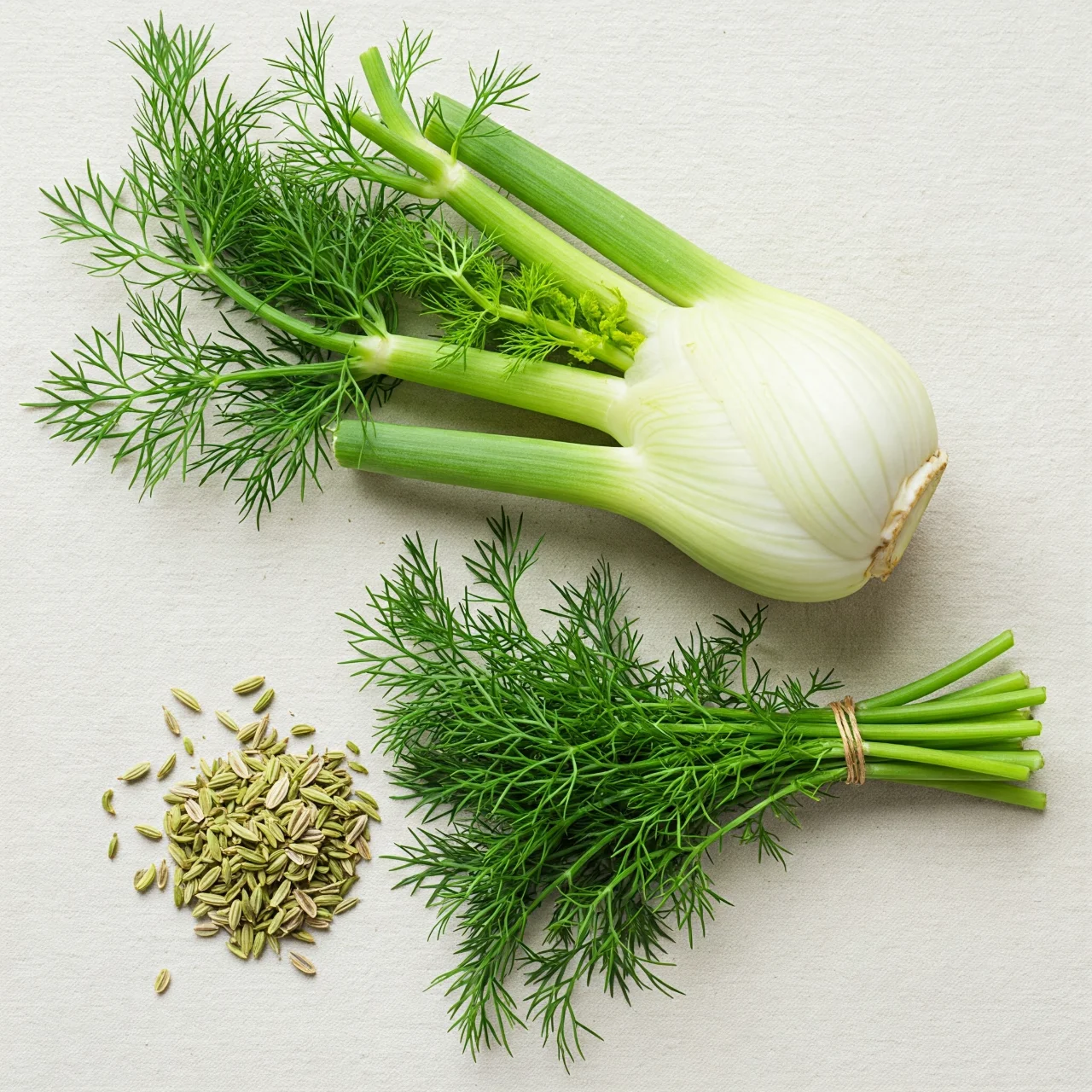
Fennel, with its refreshing anise-like flavor, is a versatile spice that comes in several forms: bulb, fronds (leaves), and seeds. The bulb is enjoyed as a vegetable, while fennel fronds add a delicate herbal note similar to dill. Fennel seeds, however, offer a more intense anise-licorice flavor, perfect for sausages, breads, and Mediterranean stews. Fennel's aroma is both sweet and slightly pungent. Embrace the layered flavors of fennel to bring a refreshing and aromatic dimension to your cooking.
G is for Ginger
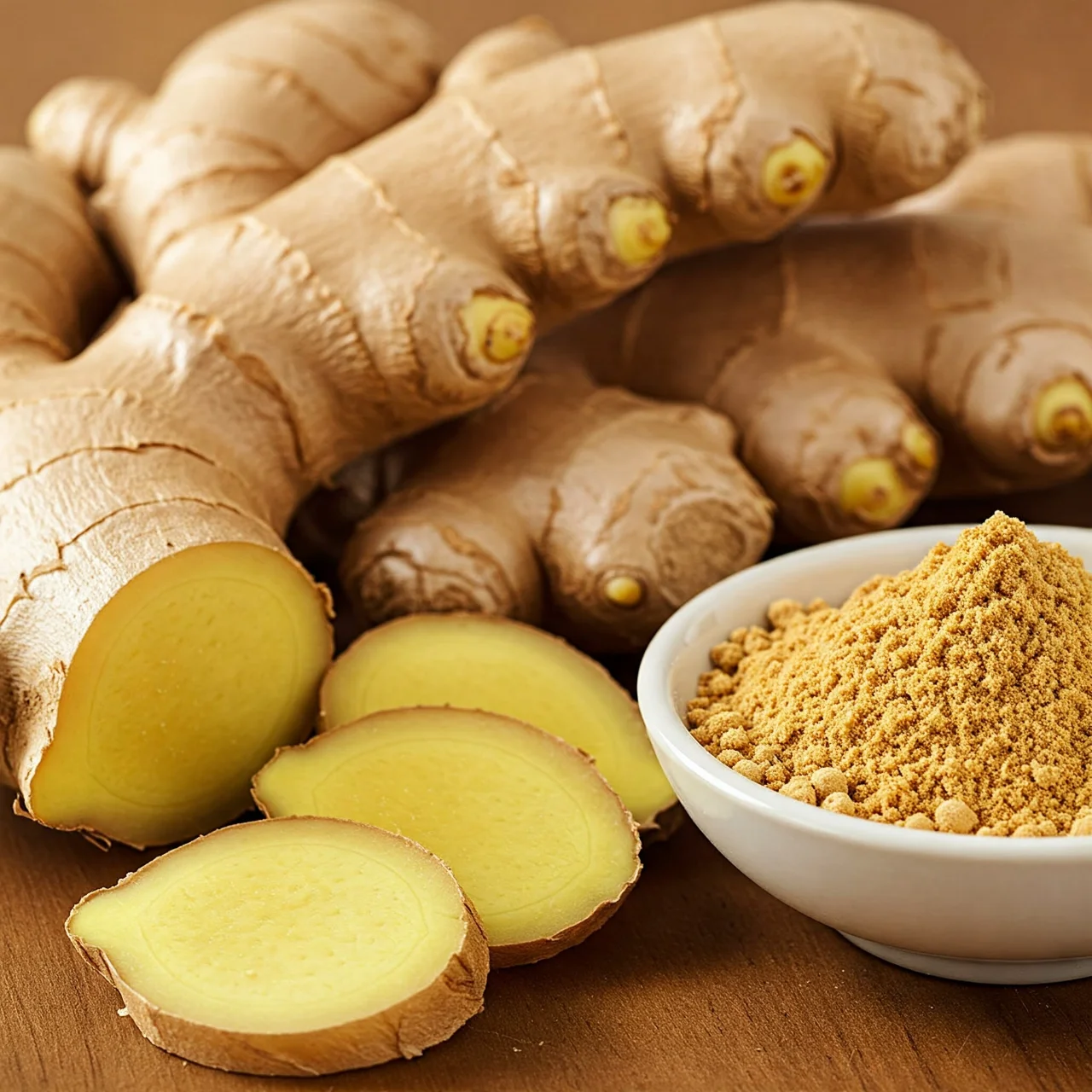
Ginger, known for its zesty, warm, and slightly peppery flavor, is a rhizome used globally in both culinary and medicinal applications. Fresh ginger adds a spicy kick to stir-fries, curries, and soups, while ground ginger is common in baked goods and spice blends. Preserved ginger offers a sweet and spicy treat. Ginger is a cornerstone of Asian cuisine and also beloved for its potential health benefits, including anti-inflammatory properties. Explore the invigorating spice of ginger and add a vibrant zest to your dishes.
H is for Horseradish

Horseradish, a pungent root vegetable, delivers a fiery and sinus-clearing heat. Grated fresh, pickled, or creamed, it's a popular condiment, especially with roast beef and smoked fish. Its intense flavor comes from compounds released when the root is cut or grated. Horseradish is not just about the heat; it also offers a unique earthy and slightly sweet undertone. Explore the bold and zesty kick of horseradish to add a powerful flavor punch to your meals and condiments.
I is for Italian Parsley

Italian Parsley, also known as flat-leaf parsley, boasts a more robust and less bitter flavor compared to curly parsley. Its fresh, slightly peppery, and grassy notes make it a versatile herb in countless cuisines. It's a staple in Italian cooking, enriching sauces, salads, and meat dishes. Italian parsley is best added fresh to retain its bright flavor and vibrant green color. Explore the fresh and herbaceous character of Italian parsley to elevate your everyday cooking.
J is for Juniper Berries

Juniper Berries, with their piney, peppery, and slightly citrusy flavor, are essential for gin production and Scandinavian and European cuisines. While called berries, they are actually the female seed cones of the juniper plant. They add a complex, resinous note to marinades, game dishes, and sauerkraut. Juniper berries are best used crushed or lightly bruised to release their aromatic oils. Explore the unique and wild flavor of juniper to bring a forest-like depth to your cooking.
K is for Kaffir Lime Leaves
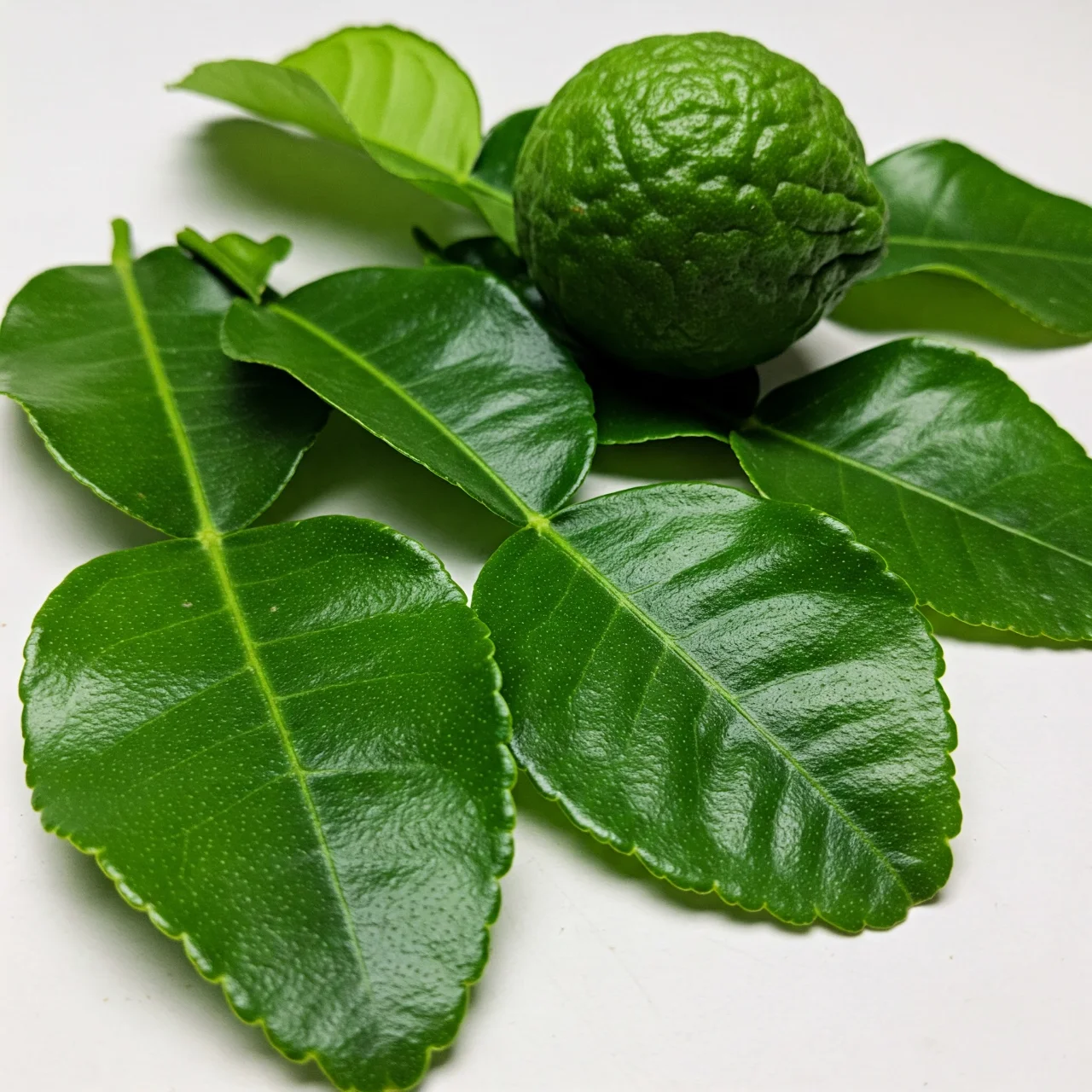
Kaffir Lime Leaves, also known as Makrut lime leaves, offer a vibrant citrusy aroma unlike any other lime. Essential in Southeast Asian cuisine, particularly Thai and Malaysian, they impart a fragrant, complex citrus note to curries, soups, and stir-fries. The leaves are usually added whole to dishes and removed before serving. Their aroma is more potent than the juice or zest of the lime itself. Explore the exotic and fragrant citrus of kaffir lime leaves to infuse your dishes with authentic Asian flavor.
L is for Lavender
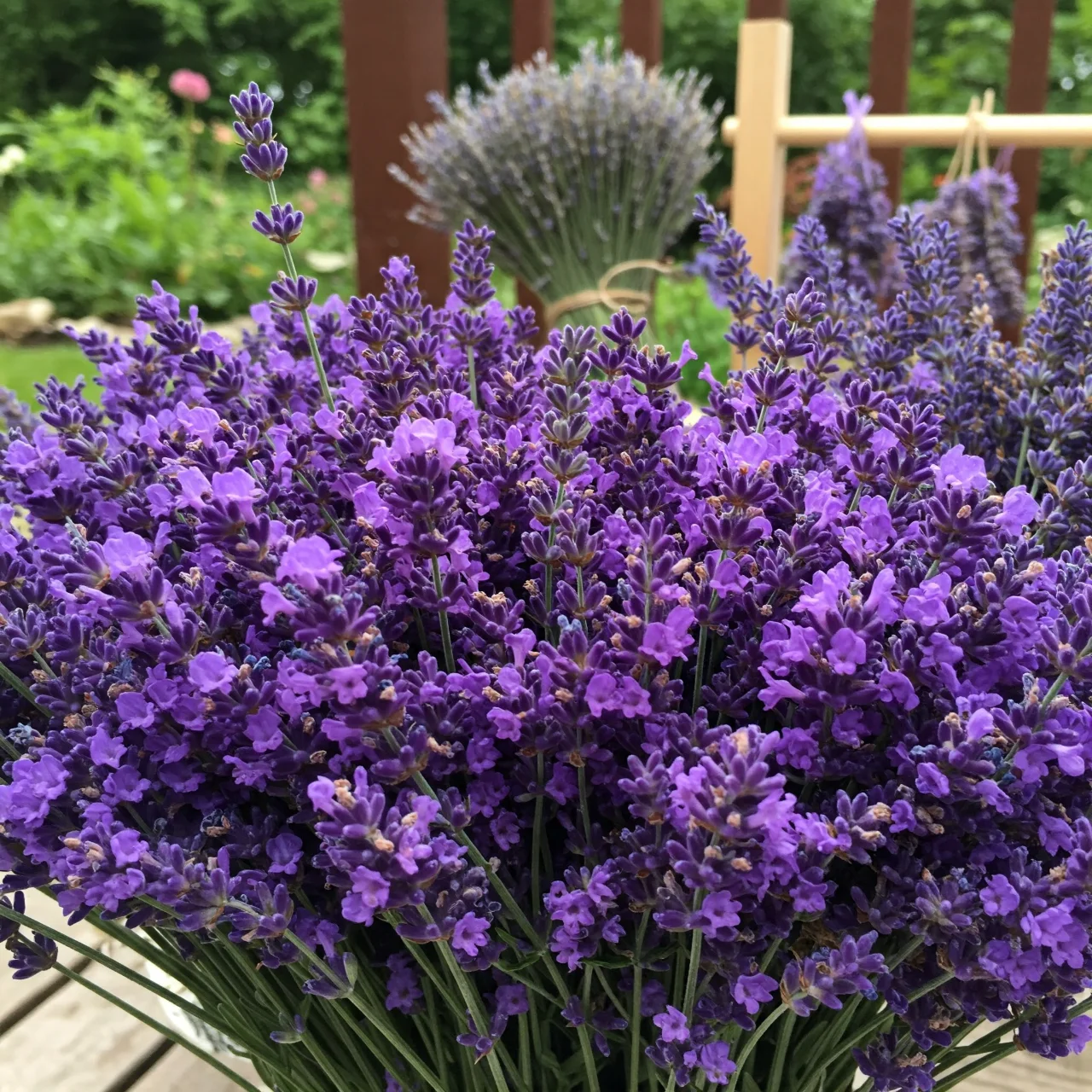
Lavender, renowned for its floral, sweet, and slightly herbaceous aroma, is a versatile herb used in both culinary and aromatherapy contexts. In cooking, it adds a delicate and sophisticated touch to desserts, beverages, and savory dishes, especially in French and Mediterranean cuisines. Use culinary-grade lavender sparingly as its flavor can be potent. Lavender's calming fragrance is also prized in perfumes and essential oils. Explore the soothing and elegant essence of lavender to add a unique floral note to your creations.
M is for Mint
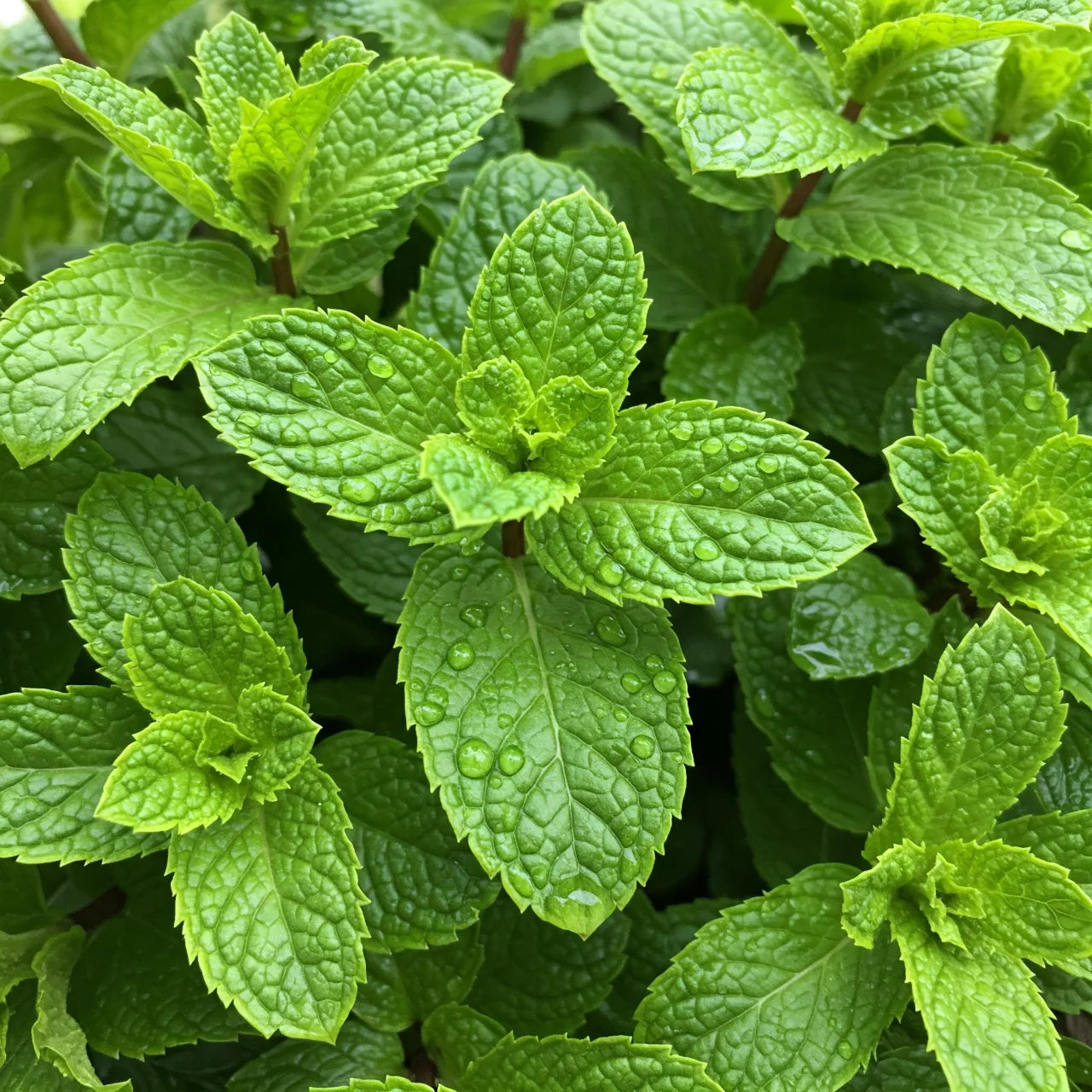
Mint, with its cool, refreshing, and aromatic flavor, is a widely used herb in both sweet and savory applications. Peppermint and spearmint are common varieties, each with slightly different flavor profiles. Mint is perfect in teas, desserts, salads, and sauces, particularly in Middle Eastern and Mediterranean cuisines. Fresh mint leaves are best added at the end of cooking to preserve their crisp flavor. Explore the invigorating coolness of mint to refresh your palate and enliven your dishes.
N is for Nutmeg

Nutmeg, with its warm, sweet, and slightly spicy flavor, is a spice derived from the seed of the nutmeg tree. It’s used globally in both sweet and savory dishes, from holiday baking and creamy sauces to Indian curries and mulled wine. Freshly grated nutmeg has a more potent and aromatic flavor than pre-ground nutmeg. Explore the comforting and versatile spice of nutmeg to add a touch of warmth and depth to your culinary creations.
O is for Oregano
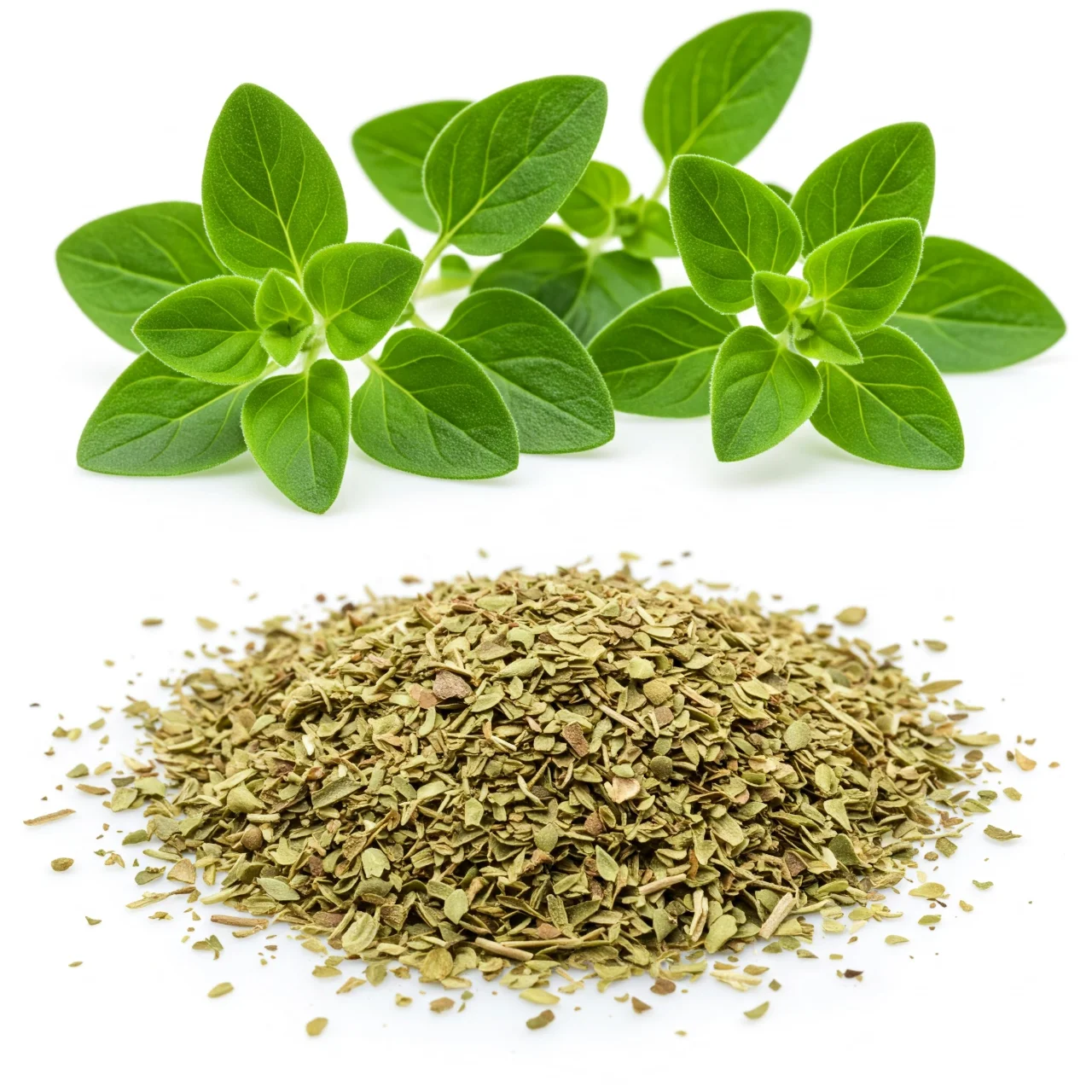
Oregano, with its robust, pungent, and slightly peppery flavor, is a cornerstone of Mediterranean and Mexican cuisine. It’s essential in pizza sauce, pasta dishes, and Greek salads. Oregano's flavor intensifies when dried, making it a potent spice. Different varieties offer varying levels of intensity. Explore the bold and aromatic character of oregano to bring a taste of the Mediterranean sun to your cooking.
P is for Paprika

Paprika, made from dried and ground peppers from the Capsicum annuum family, offers a range of flavors from sweet and smoky to hot and fiery, depending on the variety. It adds color and depth to dishes like stews, goulash, and paella. Paprika is also used as a garnish and in spice blends. Explore the diverse world of paprika, from sweet Hungarian paprika to smoky Spanish pimentón, to add color and flavor complexity to your meals.
Q is for Quatre Épices

Quatre Épices, French for 'four spices', is a classic spice blend traditionally composed of ground cloves, nutmeg, cinnamon, and white pepper. It offers a warm, aromatic, and slightly spicy flavor profile, characteristic of French cuisine. Quatre Épices is used in charcuterie, pâtés, stews, and gingerbread. Variations may include ginger or allspice. Explore this harmonious blend of spices to bring a touch of French culinary tradition to your kitchen.
R is for Rosemary

Rosemary, with its piney, woody, and aromatic flavor, is a robust herb that complements meats, especially lamb and poultry, as well as roasted vegetables and breads. Its needle-like leaves retain their flavor well when dried. Rosemary is a staple in Mediterranean cuisine and pairs beautifully with garlic and olive oil. Explore the fragrant and savory character of rosemary to add a touch of the countryside to your dishes.
S is for Sage
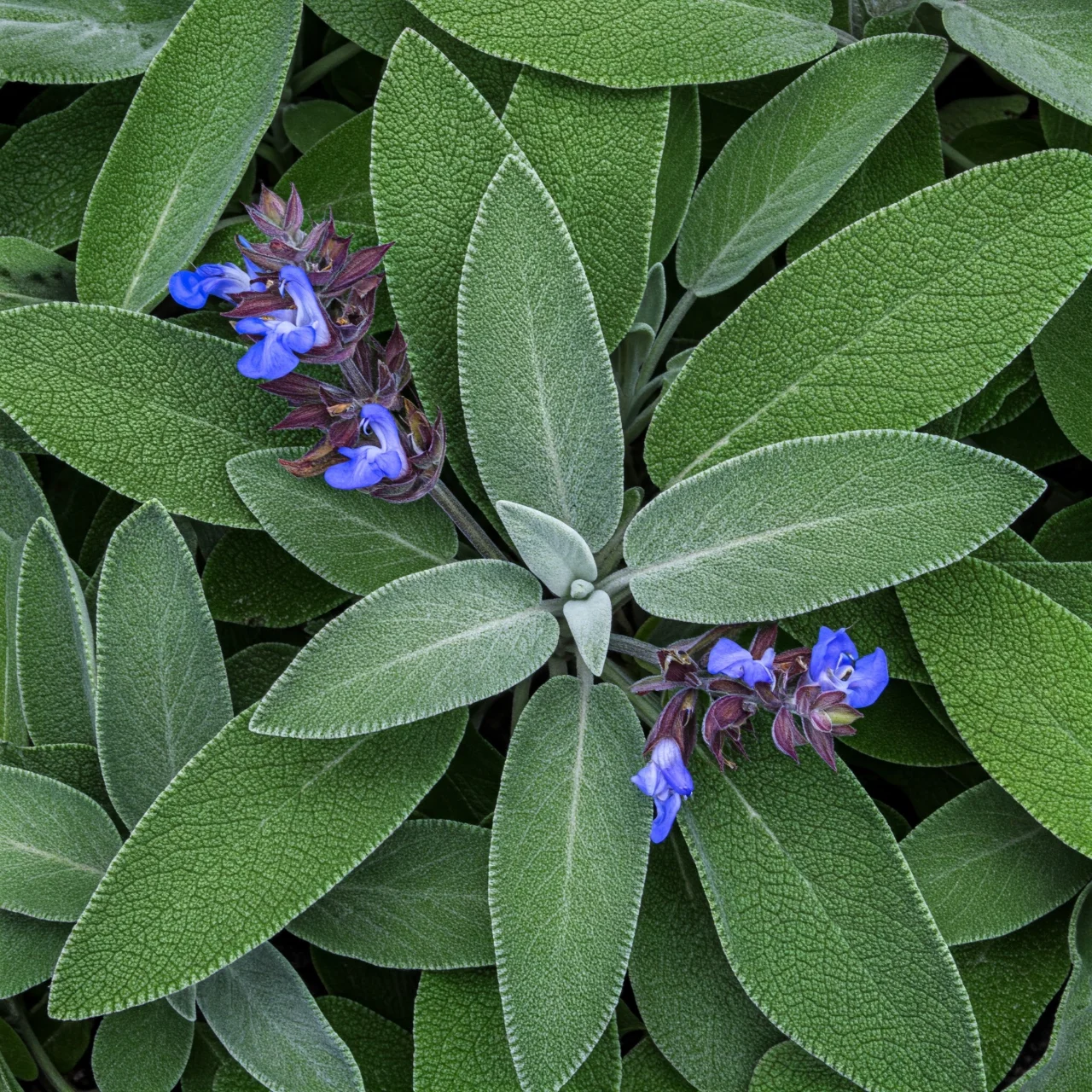
Sage, with its earthy, slightly peppery, and savory flavor, is a robust herb commonly used in stuffings, sausage, and Italian cuisine. It pairs well with rich meats and cheeses. Sage can be used fresh or dried, with dried sage having a more concentrated flavor. Its velvety leaves and distinctive aroma make it a recognizable herb. Explore the comforting and savory depth of sage to add a classic touch to your cooking.
T is for Thyme
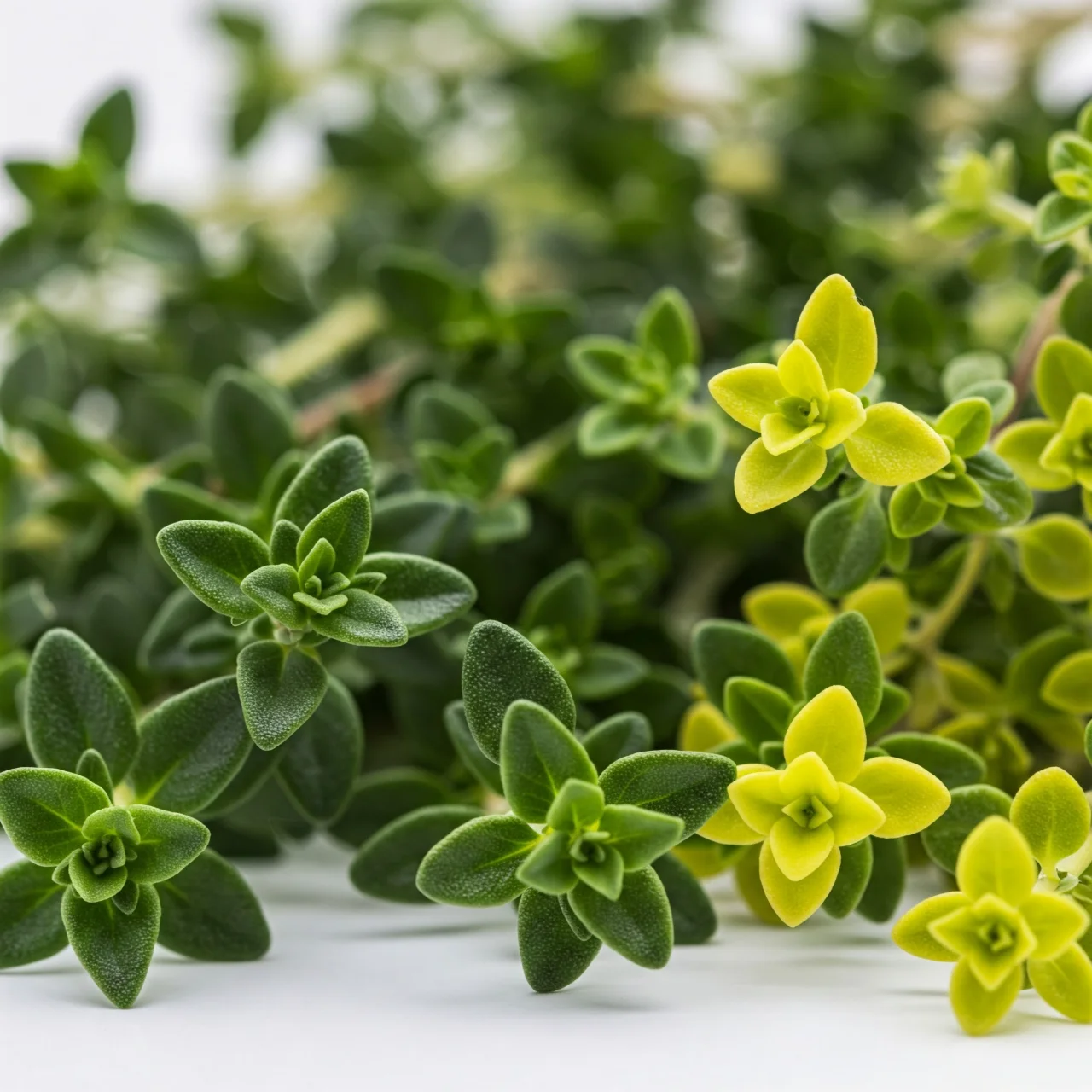
Thyme, with its earthy, slightly floral, and lemony flavor, is a versatile herb used across many cuisines. It’s a key component of bouquet garni and herbs de Provence. Thyme pairs well with meats, vegetables, soups, and stews. Both fresh and dried thyme are widely used, with dried thyme having a more intense flavor. Explore the subtle yet complex aroma of thyme to add a touch of herbaceous elegance to your dishes.
U is for Umeboshi Plums (Spice - Indirect)
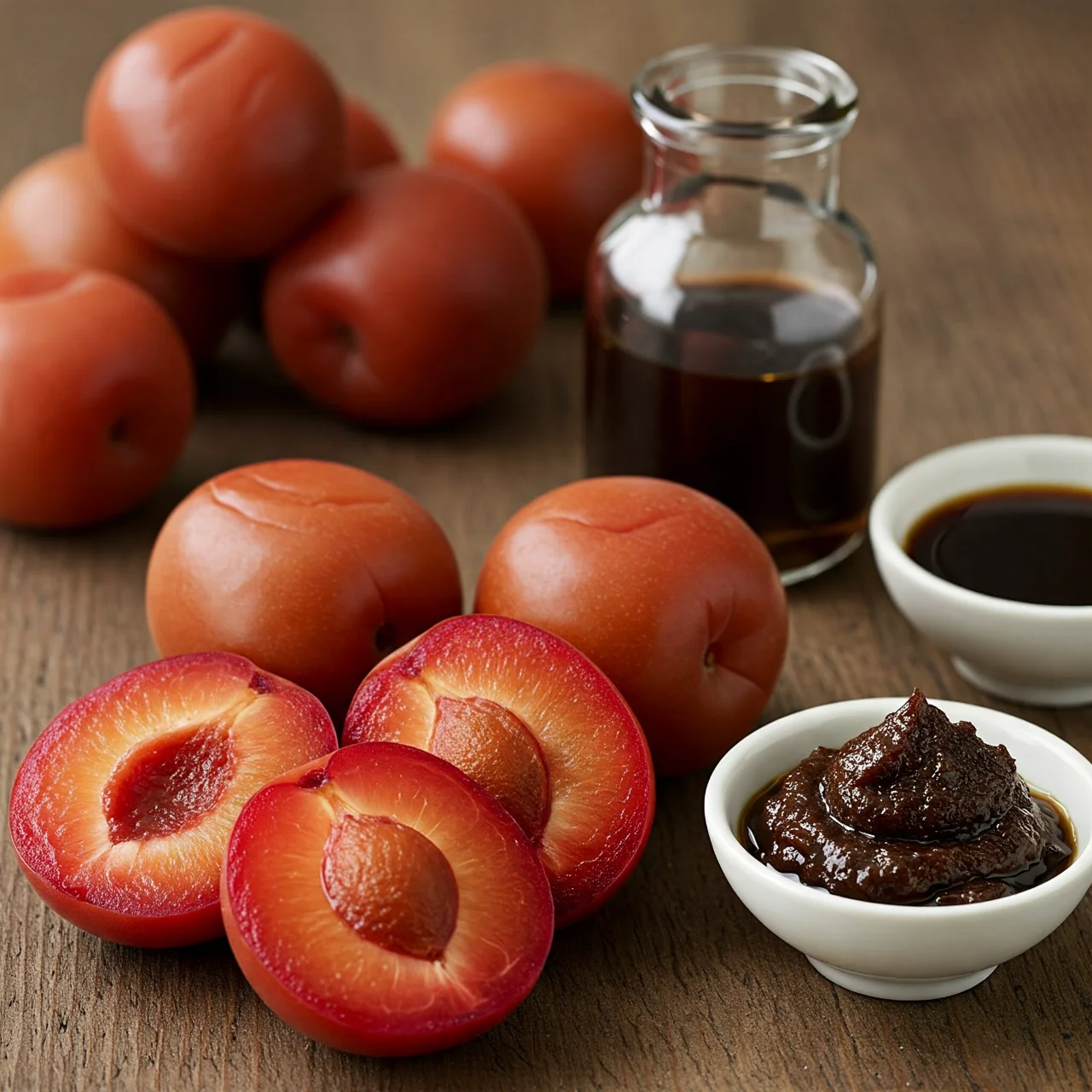
Umeboshi Plums, while technically pickled fruits, function much like a spice in Japanese cuisine. They are intensely salty, sour, and umami-rich, adding a unique flavor dimension to rice dishes, sauces, and dressings. Their flavor is often described as a concentrated burst of salty plum with fermented notes. Umeboshi paste and vinegar are also derived from these plums. Explore the powerfully savory and salty flavor of umeboshi to add an authentic Japanese twist to your culinary creations.
V is for Vanilla
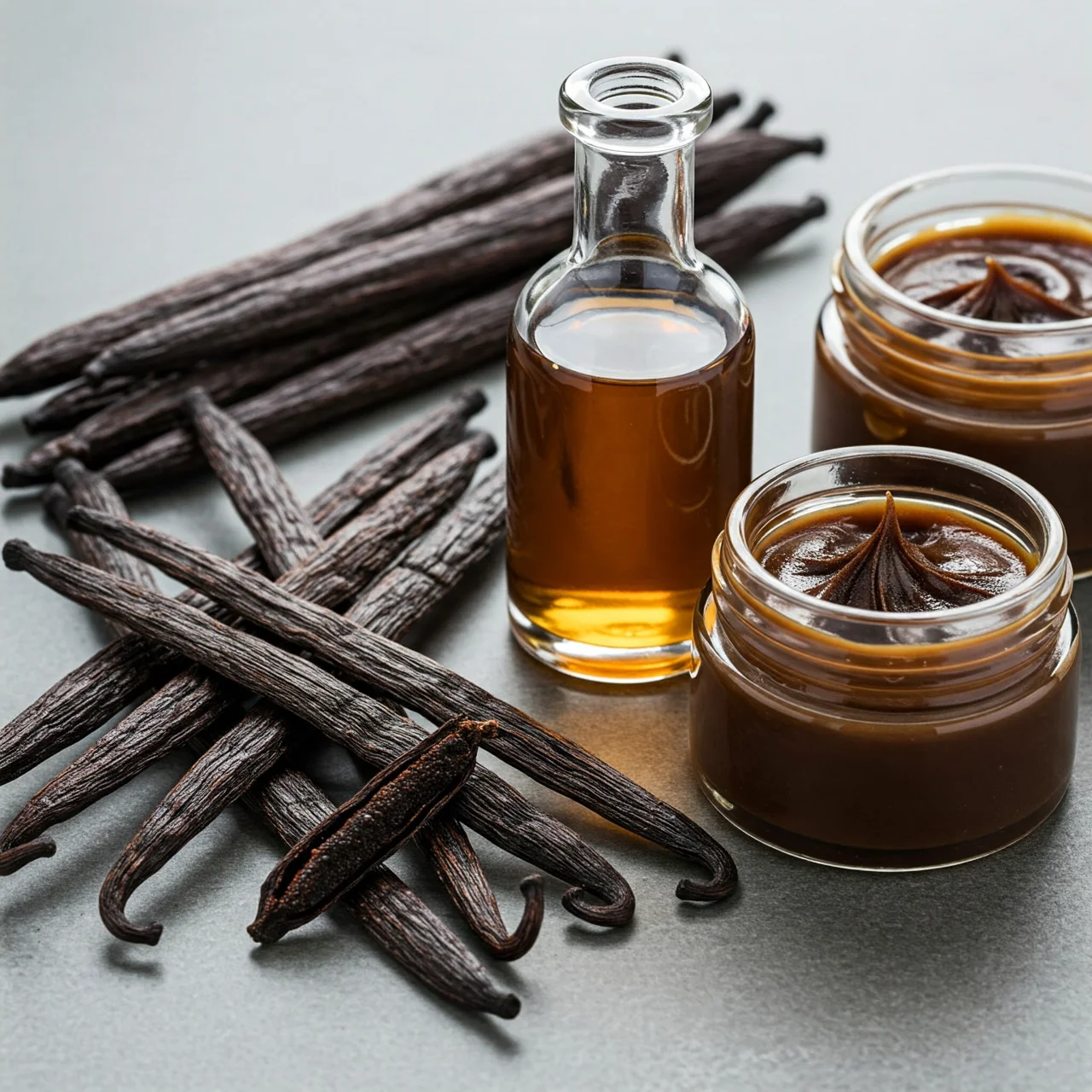
Vanilla, with its sweet, warm, and complex aroma, is a highly prized spice derived from vanilla orchid pods. Vanilla beans, extract, and paste are used globally in desserts, beverages, and even savory dishes. High-quality vanilla offers notes of caramel, wood, and sometimes smokiness. It enhances sweetness and adds a luxurious depth to flavors. Explore the universally loved aroma of vanilla to elevate your sweet and savory creations with its rich and inviting essence.
W is for White Pepper
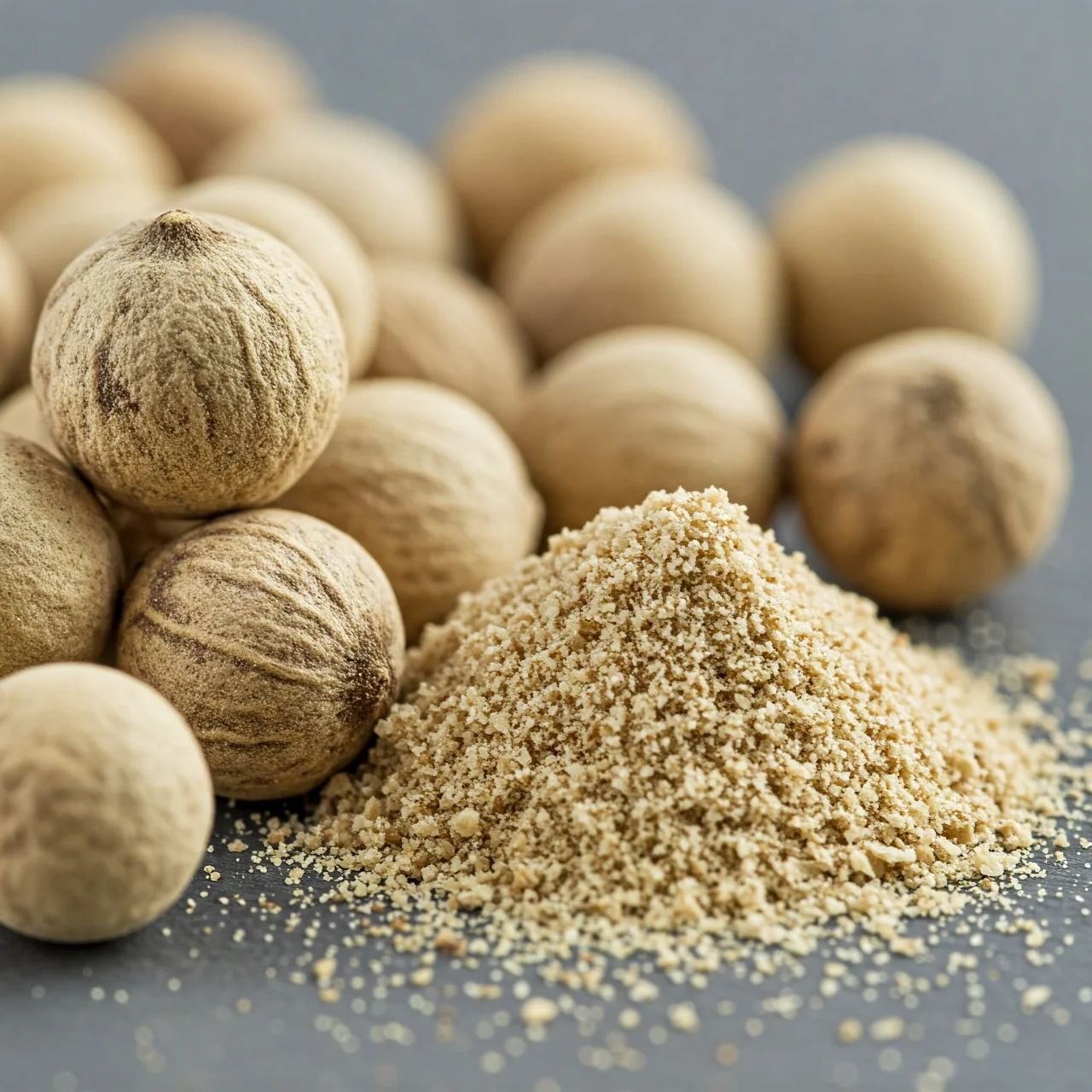
White Pepper is derived from the same peppercorn as black pepper but is processed differently, resulting in a milder, earthier, and slightly mustier flavor. It's often used in dishes where black specks are undesirable, like white sauces and delicate soups. White pepper is common in Chinese and French cuisines. Its subtle heat and earthy undertones make it a versatile spice. Explore the gentle warmth of white pepper to refine your dishes with a nuanced peppery note.
X is for Xylopia (Grains of Selim)
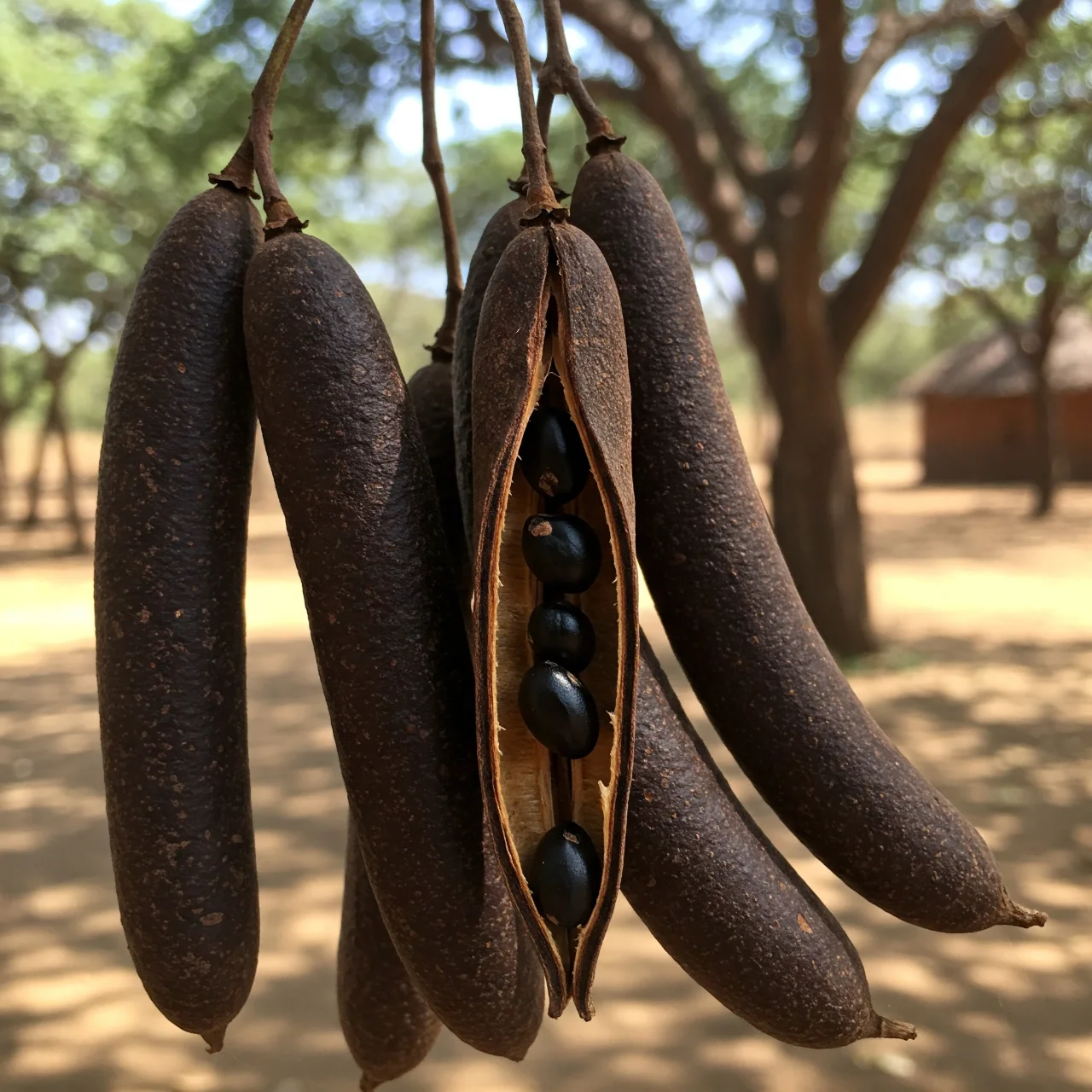
Xylopia, also known as Grains of Selim or African Pepper, offers a pungent, smoky, and slightly bitter flavor with hints of nutmeg. Native to West Africa, it’s used in soups, stews, and spice rubs. Xylopia adds a unique depth and warmth unlike other peppers. Its distinctive aroma is both earthy and peppery. Explore the exotic and smoky spice of Xylopia to bring a distinctive African flavor dimension to your culinary explorations.
Y is for Yerba Mate (Herb - Indirect)
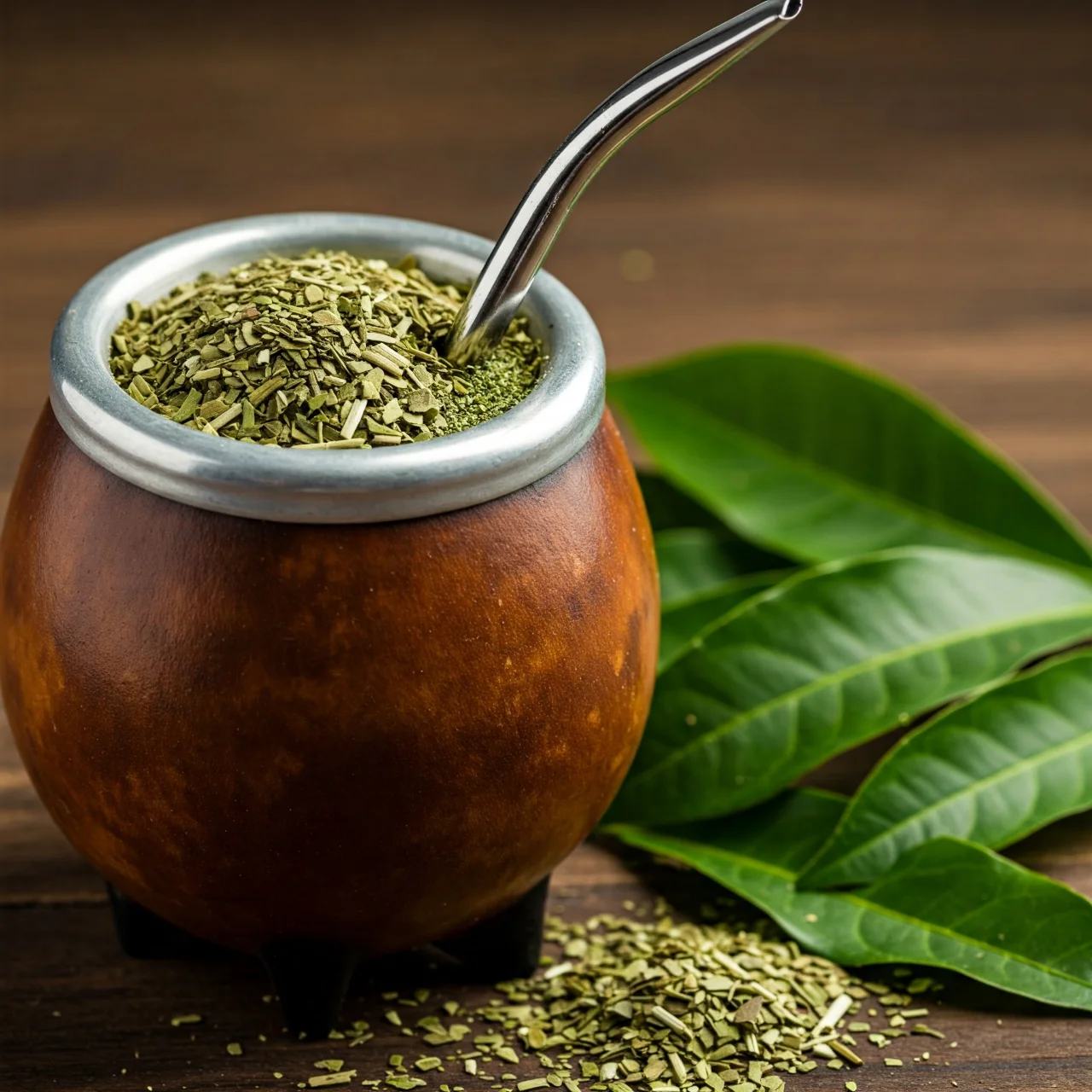
Yerba Mate, while primarily known as a beverage, can be considered an 'herb' for its use in infusions and culinary applications. It offers a grassy, earthy and slightly bitter flavor. In cooking, Yerba Mate can be used to infuse syrups, sauces or as a rub for meats, imparting a unique flavor profile reminiscent of green tea with a stronger, more robust character. Explore the energizing and distinctive flavor of Yerba Mate to add a South American twist to your culinary experiments.
Z is for Za'atar
Za'atar, a popular Middle Eastern spice blend, typically combines dried hyssop (or thyme/oregano), sesame seeds, and sumac. It offers a tangy, herbaceous, nutty, and slightly sour flavor profile. Za'atar is used as a condiment, sprinkled on bread, meats, and vegetables, or mixed with olive oil for dipping. Its complex and aromatic blend embodies the flavors of the Levant. Explore the vibrant and versatile spice blend of Za'atar to infuse your dishes with Middle Eastern flair.
Comments
Loading comments...